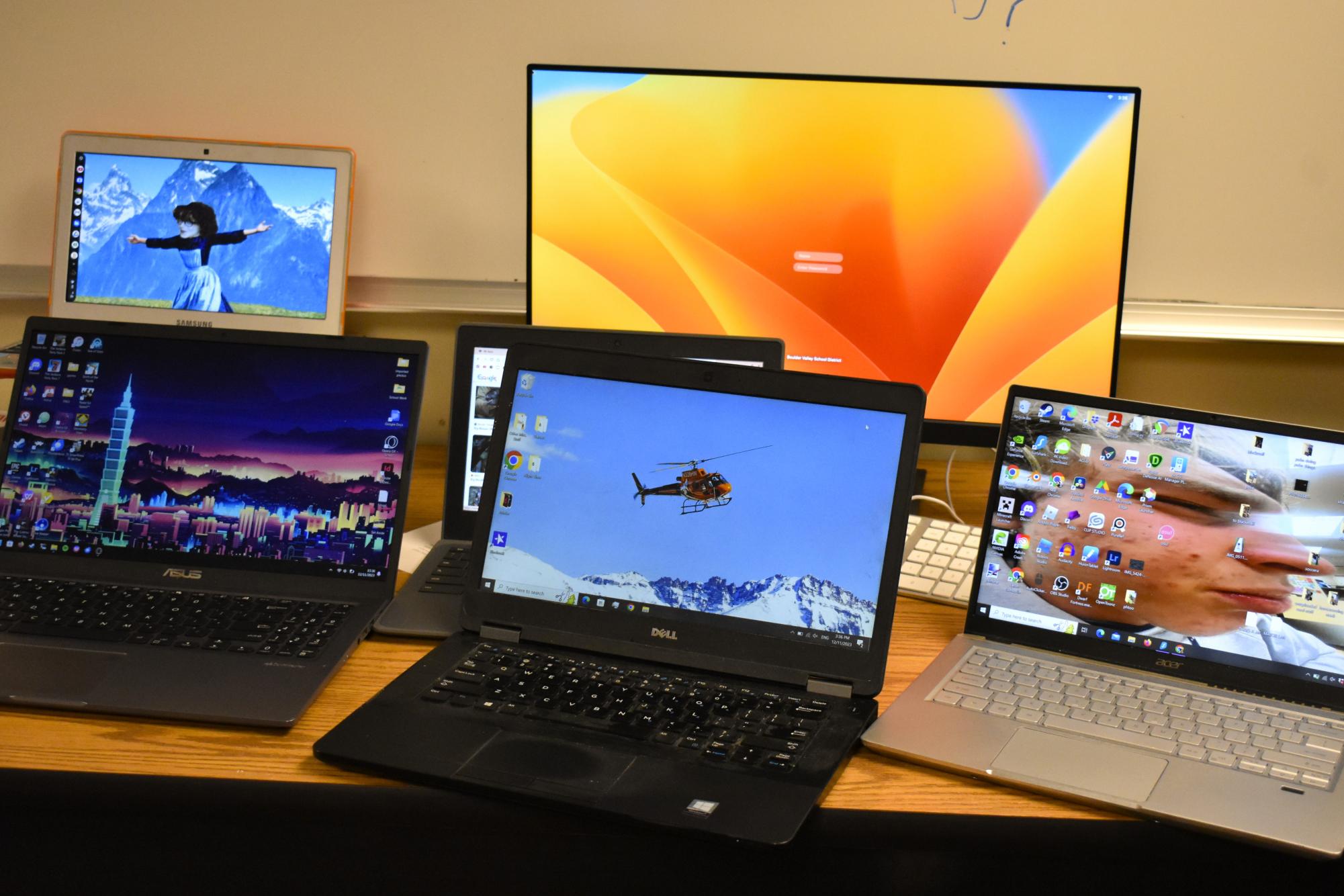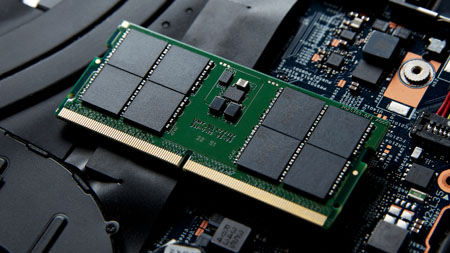Mobile Phone Buying Guide: Top Tips for Choosing the Best Smartphone
In the present computerized time, a cell phone is something other than a specialized gadget — it’s a versatile force to be reckoned with that connects us to the world, handles our work, and entertains us in a hurry. With such countless choices accessible, finding the ideal cell phone can be overwhelming. This guide breaks down everything you need to consider prior to purchasing your next cell phone.1. Decide Your Financial Plan
Your financial plan plays a pivotal role in narrowing down your choices. Cell phones are available at various price points, from budget-friendly options to high-end flagship devices. Here is a breakdown:
Budget Phones ($100-$300): These devices offer essential features suitable for everyday tasks like calling, texting, and light app usage.
Mid-Range Phones ($300-$700): Known for balancing performance and cost, these phones often include premium features like better cameras and improved processors.
Flagship Phones ($700+): These are top-of-the-line devices with cutting-edge technology, powerful cameras, and premium build quality.
Setting a realistic budget helps you focus on devices that offer the best value within your price range.
2. Pick Your Operating System
The two dominant operating systems are Android and iOS. Each has its strengths and caters to different types of users:
Android:
Found on devices from brands like Samsung, Google, and OnePlus.
Offers a wide range of options at various price points.
Highly customizable with a variety of apps and widgets.
iOS:
Exclusive to Apple’s iPhone lineup.
Known for its seamless integration with other Apple products and a user-friendly interface.
Regular software updates and robust security features.
Consider your ecosystem preferences and comfort level with each platform when making a choice.
3. Evaluate the Processor and Performance
The processor (or chipset) is the heart of your cell phone, determining its speed and efficiency. Popular processors include:
Qualcomm Snapdragon: Found in many Android devices, Snapdragon chipsets are known for their balanced performance.
Apple's A-Series: Exclusive to iPhones, these chipsets are optimized for exceptional speed and efficiency.
MediaTek Dimensity: Offers a good balance of performance and affordability for mid-range and budget phones.
Exynos: Samsung's in-house processors, primarily found in their devices.
Look for the following specifications based on your usage:
Basic Use: A mid-range processor like Snapdragon 600 or MediaTek Helio.
Heavy Use (Gaming/Editing): High-end processors like Snapdragon 8 Gen 2 or Apple's A16 Bionic.
4. Assess RAM and Storage
RAM:
Random Access Memory (RAM) impacts your phone’s multitasking abilities.
4GB to 6GB: Adequate for everyday tasks and light app usage.
8GB or More: Great for gamers, content creators, and power users.
Storage:
Internal storage determines how much data you can save on your phone. Options typically range from 64GB to 1TB. Consider:
Cloud Storage Users: 64GB to 128GB is sufficient if you regularly use services like Google Drive or iCloud.
Offline Users: Opt for 256GB or more if you store large files, videos, or games.
5. Prioritize Camera Quality
Cell phone cameras have become a significant selling point, with advancements in resolution, sensors, and software. Key factors to evaluate:
Resolution: More megapixels don’t always mean better photos. A 12MP camera with good sensors can outperform a 48MP camera with poor optics.
Lens Types:
Wide-angle: Ideal for group shots and landscapes.
Telephoto: For zooming in without losing quality.
Macro: For close-up shots.
Software: Features like AI-enhanced photography, night mode, and HDR improve image quality.
Video: Look for 4K or 8K video recording capabilities if you shoot videos frequently.
Test camera samples or read reviews to ensure the device meets your expectations.
6. Check Battery Life and Charging Options
Battery life is crucial for a device you use all day. Consider the following:
Capacity: Measured in milliampere-hours (mAh). A 4,000mAh battery or higher is recommended for prolonged usage.
Charging:
Fast Charging: Saves time; look for chargers with 20W or higher.
Wireless Charging: Convenient for compatible devices.
Reverse Wireless Charging: Allows your phone to charge other devices.
Real-world battery performance depends on software optimization and usage patterns, so read user reviews for insights.
7. Display Quality and Size
The display is one of the most noticeable aspects of a cell phone. Key features include:
Screen Type:
LCD: Common in budget phones; decent quality.
OLED/AMOLED: Found in mid-range and premium phones; offers vibrant colors and deep blacks.
Resolution: Aim for Full HD (1080p) or higher for sharp visuals.
Refresh Rate: A higher refresh rate (90Hz, 120Hz) ensures smoother scrolling and gaming experiences.
Choose a screen size that suits your preference:
Small (5.5" - 6.0"): Compact and pocket-friendly.
Large (6.1" - 7.0"): Great for media consumption and gaming.
8. Build Quality and Design
Cell phones come in various materials and designs. Consider:
Materials:
Plastic: Lightweight and durable.
Glass: Premium feel but fragile; often paired with Gorilla Glass for protection.
Metal: Offers durability and a premium finish.
Water and Dust Resistance: Look for an IP rating (e.g., IP68) for better durability.
Weight and Ergonomics: Ensure the phone is comfortable to hold and use for extended periods.
9. Connectivity Features
Ensure your phone supports the connectivity options you need:
5G Support: Future-proofs your device for faster internet speeds.
Wi-Fi 6/6E: Offers better connectivity and speed.
Dual SIM: Useful for managing work and personal numbers.
NFC: Essential for contactless payments.
Headphone Jack: Still a priority for some users.
10. Software Updates and Support
Regular software updates improve security, fix bugs, and enhance features. Consider:
Android: Check the brand’s update policy. Some offer 3-5 years of updates (e.g., Google Pixel, Samsung).
iOS: Apple provides consistent updates for 5+ years.
Brands with longer update cycles provide better value over time.
11. Brand Reputation and After-Sales Service
Choose brands known for reliable devices and good customer service. Consider:
Warranty: Ensure it covers manufacturing defects.
Service Centers: Availability in your region is crucial for repairs.
Customer Support: Look for positive reviews regarding after-sales support.
12. Read Reviews and Compare Options
Before finalizing your purchase:
User Reviews: Gain insights into real-world performance.
Professional Reviews: Detailed evaluations often highlight strengths and weaknesses.
Comparison Tools: Use online platforms to compare specifications side by side.
13. Consider Environmental Impact
Sustainability is increasingly important. Opt for brands that prioritize:
Eco-Friendly Packaging: Minimal plastic use.
Recycling Programs: Trade-in options for old devices.
Energy Efficiency: Devices with better power management.
Conclusion
Choosing the right cell phone requires careful consideration of your needs, preferences, and budget. By focusing on the factors discussed in this guide — from performance and camera quality to software updates and sustainability — you can find a device that perfectly suits your lifestyle. Take your time to research, compare, and select a cell phone that is not just a gadget but an essential companion in your daily life.











0 comments:
Post a Comment